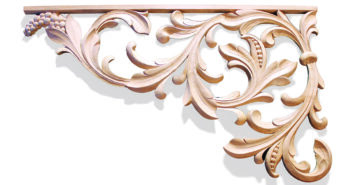
Pierced Panel
Pierced Panel Johan Roudy explains how to carve a decorative pierced panel in cherry This pierced panel was designed for…
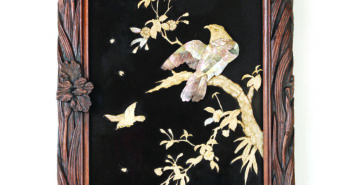
Japanese Lacquer Panels
Japanese Lacquer Panels Amber Bailey offers a multi-layered approach to the restoration of a 19th-century lacquered panel Several years ago I was…
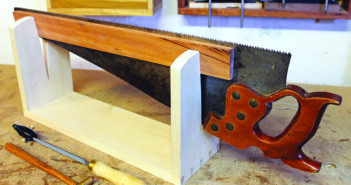
Build a Dovetailed Saw Vice
Build a Dovetailed Saw Vice Charles Mak built this saw vice for his panel saws and shows you how he…
A Place for Nearly Everything
A Place for Nearly Everything Derek Jones looks at introducing production line efficiency to a classic handmade object Part of…
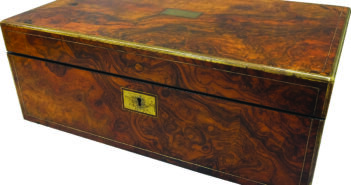
Walnut Writing Slope
Walnut Writing Slope Louise Biggs makes some much-needed repairs to a family heirloom Assessment • Brass line missing and loose on…
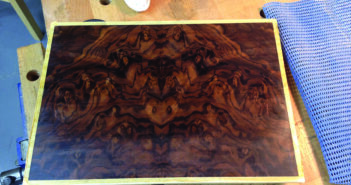
Veneer Boxes
Veneer Boxes Peter Sefton and his students use burr walnut veneer to make boxes Veneer is very much the domain…
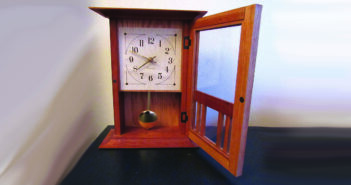
Cherry Mantle Clock
Cherry Mantle Clock Michael T Collins makes a traditional mantle clock, in cherry wood Every home I have lived in…
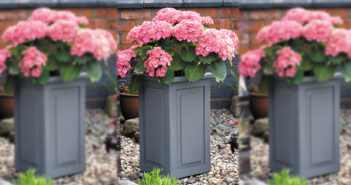
Garden Planter
Garden Planter One of the hazards of being a professional woodworker is that you are continually at the mercy of…
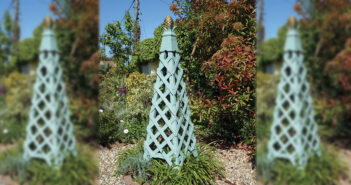
Garden Obelisk
Garden Obelisk Steve Bisco shows us how to make a trellis obelisk to create a focal point in the garden…
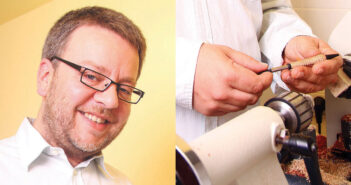
In My Workshop with Juergen Heid
In My Workshop with Juergen Heid We go into the workshop with German woodturner Juergen Heid In 1984 Juergen started…








